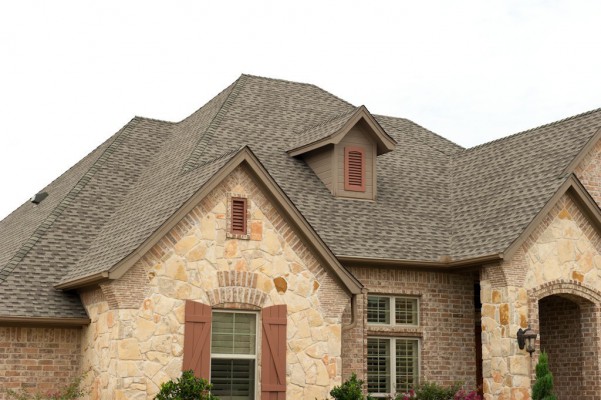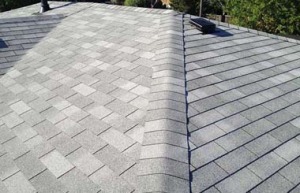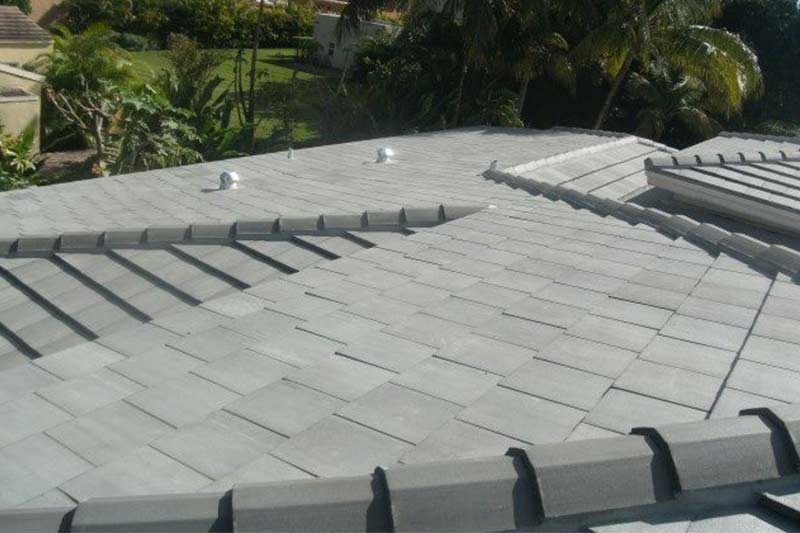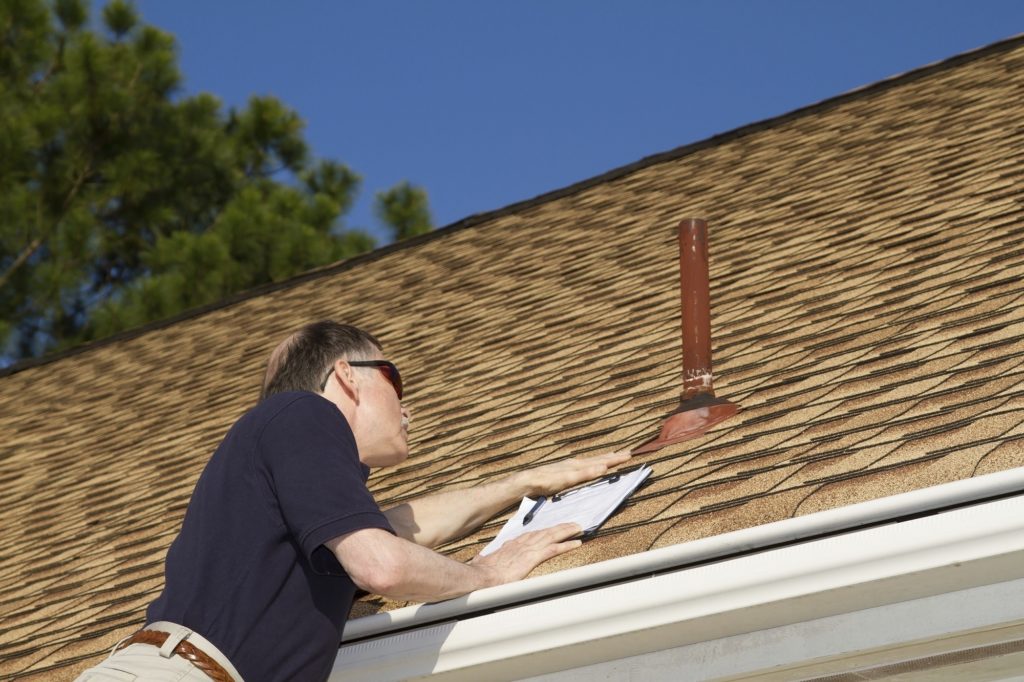Residential Roofing
ROOF REPAIR EXPERTS
it’s important to have a multi-family roofing company you can trust in your back pocket. Hail damage, harsh sunshine and snowy conditions aren’t great for your roof, but this can be especially important as a landlord or owner of a multi-family property
In multi-family properties like apartment complexes and condominiums, you get an array of individuals of different backgrounds, ages, lifestyles and cultures. But they all have one thing in common — they don’t want a broken roof over their heads. If they have a leaky roof or water damage in their home, they’re not going to be happy, and you’re going to have to deal with their issues.
team of qualified and experienced team of roofers can tackle roof repair for your multi-family property. From hail damage repair to shingle replacements, we’re the team for the job
COMMON SIGNS YOUR MULTI-FAMILY PROPERTY NEEDS ROOF REPAIR
As a landlord or owner of a multi-family property, you might not know if or when you need roof repair for your building. Here are some major signs that are good indicators you’ll need to call our team of roofers for some assistance:
Your tenants are reporting water leaks, mold or indoor allergy symptoms.
You have tenants complaining about abnormally increased energy bills.
You’ve noticed the shingles on your roof are starting to curl, crack or entirely break off.
You think (or know) the roof on your property is 20 years of age or older.
Your shingles are wet or dark.
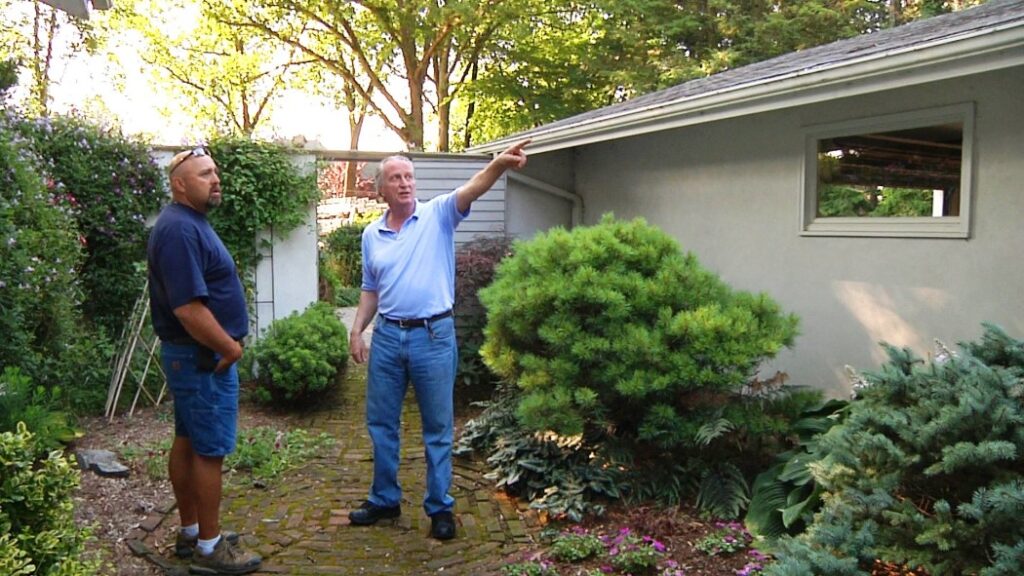
Parts of a roof
Decking (or sheathing)
Usually made from 1⁄2-inch plywood, the decking closes and reinforces the roof structure and provides a nailbed for the shingles
Roof edge (or eaves edge)
All the boards running along the edge of the roof or eaves. Also known as a fascia.
Attic
The space under the roof. The attic must be ventilated to protect the roofing system against excessive heat in summer and warm moist air generated by the house in winter.
Ridge
Horizontal line at the top of the roof.
Valley
The “V-cut” angle along the junction of two slopes of a roof
Residential and Commercial Roof
Roofing and Construction, use the highest quality products to provide shelter for customers and their belongings.
All Types of Residential and Commercial Roof
New Roofs
Re-Roofs
Low Sloping Roofs
Leak Repairs
Roof Decking Replacement
Roof Consulting
Roof Maintenance Programs
Seamless Gutters
Gutter installation
Gutter Guards
Window Replacement
Vinyl siding
RESIDENTIAL ROOFING
Roofing provides shelter for you, your family and the things you love most. residential roofing systems are built with the highest quality materials to ensure safety and protection for your home.
ROOF MAINTENANCE PROGRAMS
roof maintenance program allows Roofing to continue to provide safety for you and your family after the roofing system is completed. Roofing ensures a shelter built to last with roof maintenance program.
BLOG
Is Now the Time for Replacement Windows?
Have you come to the conclusion that your home’s windows are in desperate need of an upgrade? If so, don’t wait to learn more about replacement windows. While it’s a big project, it’s not one that you have to complete on your own. You can hire a window contractor to manage the project from start
Should You Consider Fiber Cement Siding?
Is it time to replace your siding? Are you unsure of which product makes the most sense? While you have options, fiber cement siding may be just what you’re looking for. There are a variety of benefits associated with this product, including but not limited to the following: • Durable: Fiber cement siding is meant
What Roofing Material is Best for Homes?
Choosing the Perfect Roofing Material for Your, Home Is your roof is leaking, old, or simply just in need of an update? If so, then it is time to invest in a roof renovation. However, a common question that often comes to mind is, what roofing material is best for my home? As
Are Those Trees too Close to Your House?
There are many benefits of planting trees around your home. Not only do they look nice, but they can also provide your dwelling with shade (which saves you money on your energy bill). However, you may come to find that a tree is entirely too close to your home. If you don’t do anything about
Stay Safe When Inspecting Your Roof
There may come a point when you need to inspect your roof. Maybe there was a big storm and you suspect damage. Or maybe you want to see if it’s time for a new roof. Regardless of your reason, there’s something you must remember: your safety is more important than anything else. Here are some
Residential Roofing
Re-roofing your home
When it comes to hiring a roofer, getting a high quality contractor is just as important as choosing high quality shingles and other materials. When it comes to having a contractor that you can trust, Priority Roofing has you covered!
As any homeowner knows, a good roof is one of the most important elements to keeping your home structurally sound. residential roofing services are certain to make sure you don’t have to worry about what’s going on with your roof, so you can focus on the life you’re living beneath it.
Deciding if and when to re-roof your home can be tricky, so hiring a well-informed, honest contractor is of utmost importance. That’s where come in. want to help guide you through your re-roofing process to make it as comfortable and easy as possible. believe your roofing job should be completed with as little disruption to your life as possible.
When should you replace your roof?
This is a question that is often the hardest to answer, simply because of the number of factors that can affect the lifespan of your roof. If you’re thinking about replacing your roof because it’s aging, there are a number of things that can affect your decision. Depending on things like the materials used on your current roof and the weathering it’s seen, roofs can last as little as 15 years all the way to 50 or 60 years.
Many times, when a roof needs to be replaced, it’s because it’s been damaged. If your roof has been significantly damaged (due to a storm, a tree or branch falling on it, typical weathering that has caused it to deteriorate more quickly than expected, etc.), you will need to replace or repair your roof as soon as possible.
